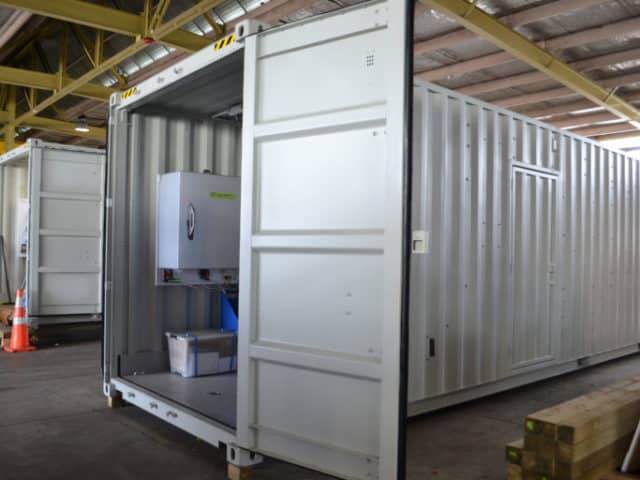Emerging New Contaminants and Health Hazards
Matt Ewen, CEO of Filtec sheds light on PFAS, which have become an emerging concern around the world.
In Australasia and around the globe, chemicals that had not previously been detected, or were previously found in minute concentrations, are being discovered in our environments. These chemicals are known as “emerging contaminants” and how they pose a risk to human health and the environment is not yet fully understood.

One of these groups of compounds is called PFAS, which is an acronym for per/poly-fluoroalkyl substances that are part of a group of persistent organic pollutants (POPs) that have received a lot of attention lately. There are over 3000 compounds classed as PFAS with PFOS (perfluorooctane sulphonate) and PFOA (perfluorooctanoic acid) being the most commonly known of these and are of concern, PFAS are used in a broad range of applications and products such as furniture protectants, cleaning products, polishes and so on. They are commonly found in fire-fighting foams and fire retardants.
It is now understood that, because of their resistance to all normal forms of degradation, together with their resistance to both water and grease, they aren’t easily dispersed. We are exposed to small amounts of PFAS in everyday life through different channels like water, dust, air, food and use of products that contain these compounds. Recent offshore studies have proven PFAS to have adverse effects on human health as well as severe adverse effects on animals, once they bioaccumulate in the tissues. The effects vary depending on what research paper you look at, but all are of significance.
Our Ministry of Health has issued a memo with the interim guidance values advising levels of 0.07 µg/l for PFOS and 0.56 µg/l for PFOA in drinking water. This is based on Food Standards Australia New Zealand (FSANZ) total daily intakes (TDIs) with an uncertainty factor (UF) of 30, 70kg body weight, two litres per day, with 10 percent from drinking water.
Treating PFAS contaminated water supplies is relatively complex. However, it can be done by removing the contaminants and achieving the levels required within the interim guidance values. Filtec is currently undertaking the design and construction of seven package treatment plants into the state of Victoria to ensure contaminated supplies are in line with the Australian Drinking Water Guidelines (ADWG).
Filtec has opted to use a non-regenerable, selective ion exchange resin because it enables the contamination to be contained by the resin and then disposed of to a secure facility once exhausted. Other processes such as granular activated carbon (GAC) and reverse osmosis (RO) were explored, but neither process alone provided results as good as using ion exchange resin. GAC was found to be less efficient to get to the levels prescribed, and RO would produce a liquid concentrate stream that would still be difficult to deal with.
For options to treat a contaminated supply, please contact Filtec at info@filtec.co.nz, or call 09 274 4223


